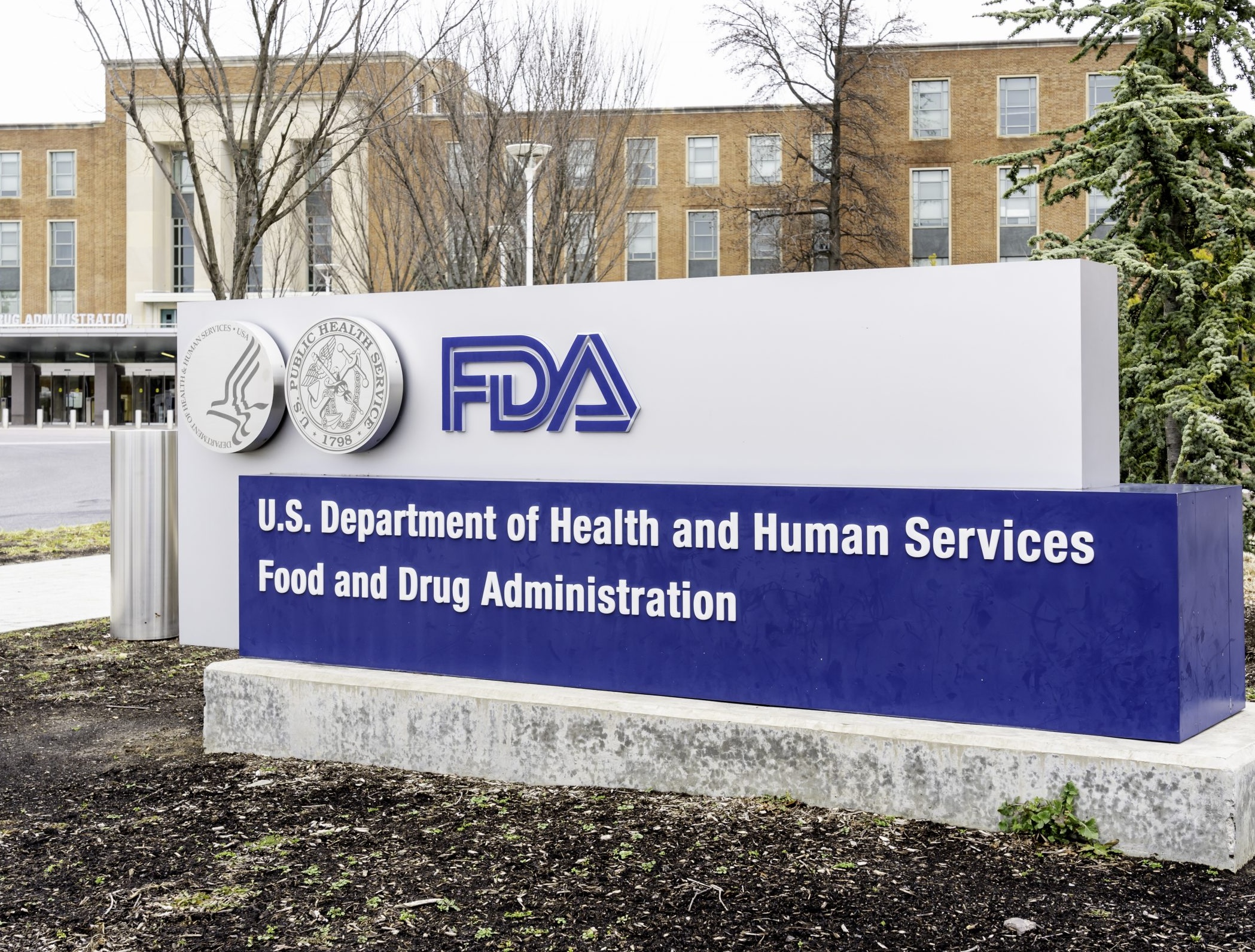In the high-stakes world of active pharmaceutical ingredient (API) manufacturing, where precision is paramount and patient lives hang in the balance, a troubling question lingers: Is there a pervasive “culture of deception” eroding the foundations of our industry? Recent FDA warning letters paint a damning picture – falsified data, incomplete audit trails, and systemic failures in process validation that aren’t just oversights but deliberate shortcuts. As we stand on the cusp of 2025-2026, with unannounced inspections ramping up and regulatory scrutiny intensifying, the financial repercussions could be catastrophic. Fines may double to $2-3 billion annually across the sector, profit margins could shrink by 5-10%, and stock prices for implicated firms might plummet 15-20%. But amid the storm, innovative strategies like AI-driven data auditing offer a lifeline. This analysis, grounded in fresh data from 2025 inspections and historical trends, isn’t just a warning – it’s a roadmap for pharma professionals to safeguard their operations and bottom lines.
The Rising Tide of Data Integrity Scandals: A Closer Look at 2025 Cases
Let’s start with the hard facts. In the first half of 2025 alone, the FDA issued over 60 Current Good Manufacturing Practice (CGMP) warning letters, with data integrity violations emerging as the “biggest issue” for drug and API firms. These aren’t isolated incidents; they’re symptomatic of deeper systemic flaws. Take Zhejiang Huahai Pharmaceutical Co., Ltd., a major Chinese API producer. In June 2025, the FDA slapped them with a warning letter for significant CGMP violations, including inadequate data integrity controls that allowed for potential falsification in batch records and testing data. Similarly, Global Calcium Pvt. Limited received a January 2025 letter highlighting deviations in API production, such as incomplete raw data review and missing audit trails – issues that could compromise product purity and safety.
Aspen Biopharma Labs Private Limited, an Indian firm, faced scrutiny in April 2025 for failing to maintain an ongoing stability program for biotech APIs, coupled with data integrity lapses like unreviewed electronic records. And while Boehringer Ingelheim hasn’t been hit with a fresh data-specific warning in 2025, their historical CGMP issues from 2013 (including data manipulation in API processes) echo the ongoing risks for big players. A March 2025 RAPS report further underscores this trend: FDA inspections revealed inadequate process validation and data falsification in multiple API facilities, often tied to commercial-scale lots.
These cases aren’t anomalies. A 15-year analysis of FDA warning letters (2005-2021, extended into recent trends) shows data integrity violations accounting for up to 30% of all pharma citations, with a spike in 2024-2025 due to resumed post-COVID inspections. Provocatively, this begs the question: Are we fostering a culture where cutting corners on data is normalized to meet production quotas? For R&D specialists and quality assurance teams, these examples highlight the fragility of relying on manual processes in an era of digital manufacturing.
The Current Economic Toll: Fines, Stock Dips, and Hidden Costs
The financial sting is already palpable. Historical data from Violation Tracker reveals that pharma giants like Pfizer and Merck have racked up over $10 billion each in penalties since 2000, with data integrity issues contributing significantly. In 2024-2025, fines for CGMP violations, including data breaches, averaged $14.8 million per incident, per industry estimates. But the real damage extends beyond fines. FDA warning letters trigger import alerts, halting shipments and causing revenue losses in the hundreds of millions.
Stock market reactions are swift and brutal. When Medtronic received an FDA warning in 2021 for similar quality issues, their shares dropped nearly 9% overnight. More recently, firms cited in 2025 inspections saw immediate dips: A Pharma Manufacturing report on 10 companies hit by FDA crackdowns noted average stock declines of 5-15% post-letter, exacerbated by investor flight amid reputational harm. Indirect costs amplify this – severed contracts, competitor poaching, and legal battles can add 2-3x the fine amount, per FDA Group analyses.
For financial analysts in pharma, these trends underscore a clear correlation: Warning letters erode market cap by an average of 10-20% in the short term, with recovery hinging on swift remediation. In API manufacturing, where margins are already thin (typically 15-25%), such hits can turn profitable operations into red ink.
Forecasting the Storm: Doubling Fines and 15-20% Stock Plunges Ahead
Looking to 2025-2026, the outlook is grim yet predictable. With FDA expanding unannounced inspections of foreign facilities—a policy announced in May 2025 – we can expect a 50-100% surge in data integrity citations. Based on 2024’s 60 CGMP letters (21 to U.S./EU firms), and factoring in heightened enforcement, annual fines could double from $1-1.5 billion (2024 estimates) to $2-3 billion sector-wide. This projection aligns with HIPAA-like trends, where penalties escalated post-2020 due to data breaches, reaching billions cumulatively.
Stock plunges? If historical patterns hold – amplified by AI-fueled market algorithms reacting to regulatory news – implicated API producers could see 15-20% drops. A machine learning study on FDA announcements and stock prices confirms this volatility, with announcements inducing numerical changes of 5-25% based on violation severity. For a mid-cap firm like those cited in 2025, that’s $500 million-$1 billion in lost value overnight. Profit margins? Expect a 5-10% contraction as remediation costs (e.g., hiring consultants, upgrading systems) balloon to $50-100 million per incident.
This isn’t fearmongering – it’s math. With GDPR fines hitting €5.88 billion by January 2025, pharma’s parallel data issues signal a regulatory reckoning. The provocative angle: If we don’t address this “culture of deception,” investors will flee to tech-savvy disruptors, leaving traditional API manufacturers in the dust.

Navigating the Crisis: AI Strategies for Data Auditing and ROI Calculations
Here’s the harsh truth: there’s no “silver bullet” on the horizon to swiftly rescue pharma manufacturing from this quagmire of deceit. The industry’s deep-rooted data culture issues can’t be patched over with a fancy new tool or a quick process tweak – and the immediate future looks bleak. Every fresh violation and falsified batch record only widens the gap between required compliance and on-the-ground practices. Far from turning a corner, we’re watching the crisis deepen in real time, casting a long shadow over 2025 and beyond.
Regulators, for their part, are sharpening their knives. The FDA’s recent move to expand unannounced inspections globally means no facility is safe from a surprise check – and many will be caught off-guard. With this shift, the agency has made its stance brutally clear: it intends to “expose bad actors” who falsify records or conceal violations without hesitation. This crackdown virtually guarantees a surge of new citations. Indeed, industry observers anticipate that the number of data integrity violations could double in the coming year, pushing annual fines to an eye-watering $2–3 billion across the sector. It’s a predictable nightmare – one that aligns with global enforcement trends. (Remember, European regulators have hit companies with €5.88 billion in data protection fines by early 2025, signaling just how aggressive oversight has become everywhere.) In short, the era of leniency is over. What lies ahead is a punitive gauntlet for any manufacturer still gambling with sloppy data or doctored results.
The financial toll of this relentless enforcement is poised to be devastating. A single FDA warning letter can now snowball into import bans that choke off product shipments overnight, severing revenue streams and stranding inventory. Every major violation doesn’t just bruise egos – it guts profit margins. Remediation efforts (hiring costly consultants, overhauling quality systems, retraining staff) easily run into tens of millions of dollars, expenses that cut straight to the bone of companies with already-thin margins. Remember, many API manufacturers operate on modest profits (perhaps 15–25% margins in good times), so a sudden 5–10% hit for compliance failures can flip a year from black to red ink. Even the industry titans aren’t immune: pharma giants like Pfizer and Merck have collectively paid out well over $10 billion each in fines since 2000, yet even those eye-popping penalties haven’t excised the underlying misconduct. The message is chilling – no one is too big to fall when foundational trust is broken.
Investor reactions are growing increasingly unforgiving. Back in 2021, Medtronic’s shares dropped nearly 9% within days of receiving an FDA warning letter. In 2025, the financial impact is even more severe: companies cited for data integrity violations are seeing immediate market cap losses of up to 15%, triggered by algorithmic trading and investor panic. These drops aren’t momentary blips — they cascade into canceled contracts, partner withdrawals, and customer defections. The result is not just lost value, but a widening credibility crisis that multiplies financial damage far beyond the initial penalty.
All indicators point to one conclusion: the data integrity crisis is not abating – it’s accelerating. Unless something radically changes, 2025–2026 won’t be remembered as a period of recovery for pharma manufacturing, but as the start of a painful reckoning. We’re staring down a future where multi-billion-dollar penalties become routine, where once-stable firms are pushed to the brink by compounding compliance costs, and where the entire industry’s credibility verges on collapse. This is the provocative reality that can no longer be ignored. The very foundation of the pharmaceutical sector – patient trust that products are made with honesty and precision – is cracking under the weight of persistent deceit. If the current trajectory continues, the question isn’t whether another big player will get caught, but who’s next and how hard they’ll fall. There is, bluntly, no soft landing in sight – only a hard reckoning for those not prepared to confront this crisis head-on.A Call to Action: Rewrite the Narrative or Face the Fallout
Pharma production professionals – quality leads, financial analysts, R&D innovators – the data is clear: Ignoring integrity violations invites economic Armageddon. But by confronting the “culture of deception” head-on and embracing AI, we can pivot to a future of resilient, profitable operations. As inspections surge in 2025-2026, ask yourself: Is your firm next on the FDA’s list, or will you lead the charge in compliance innovation? Share your thoughts below—let’s discuss strategies that could save billions.
Want to know which API manufacturers are next in line for scrutiny?Regulators aren’t flying blind — and you shouldn’t either. Our database, API & FDF Intelligence, tracks over 4,500 manufacturers worldwide, including their inspection history, regulatory flags, Form 483s, CEP/DMF status, and pricing volatility. We’ve mapped the risk signals investors miss — and competitors exploit. If you’re still sourcing from companies flagged for audit trail gaps or historical data manipulation, you may already be sitting on a time bomb.Explore the evidence. Follow the patterns. Stay ahead of the fallout.→ www.api-fdf.com
Note: This analysis draws on publicly available FDA data and industry reports as of July 30, 2025. Projections are based on trends and should not replace professional advice.
Open the full market picture for your next decision →


